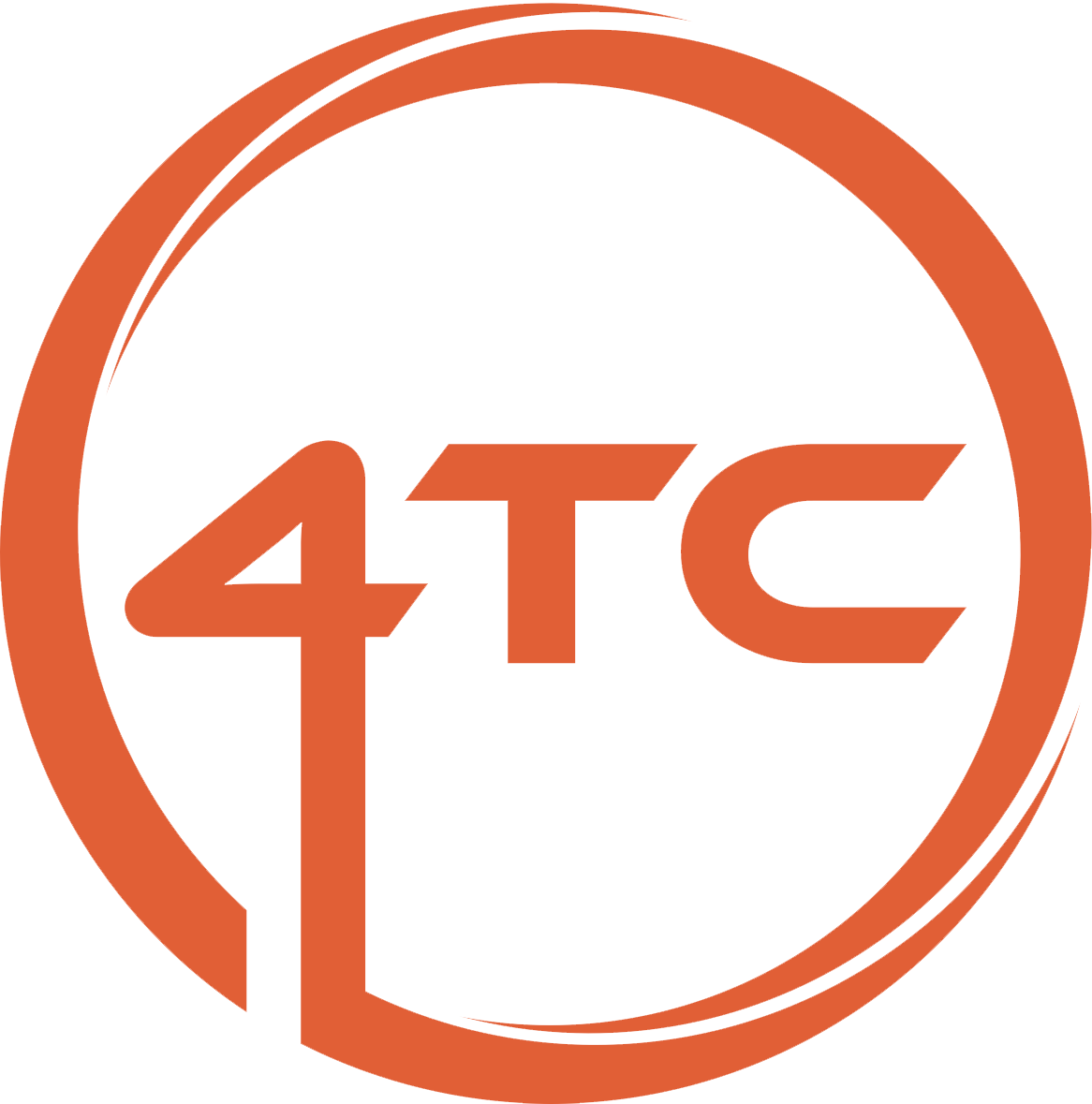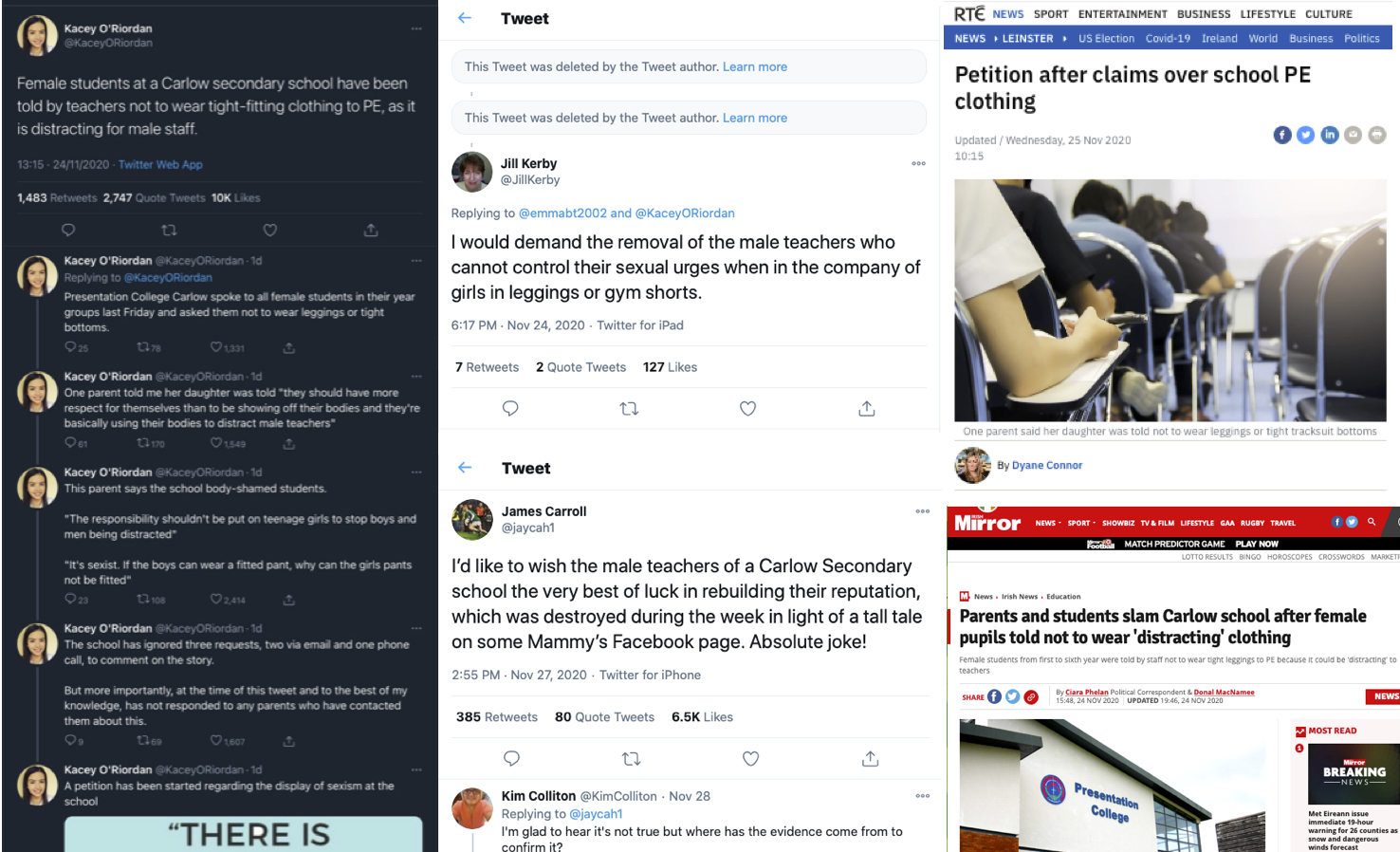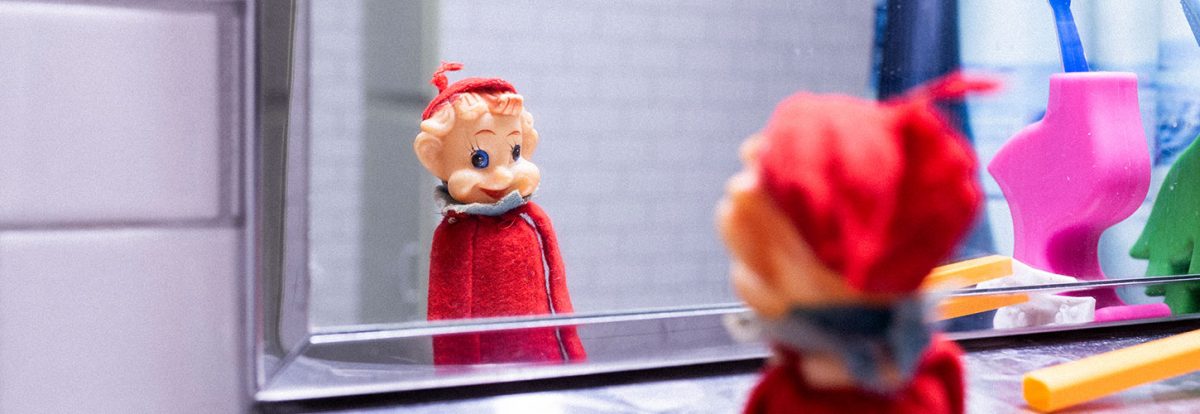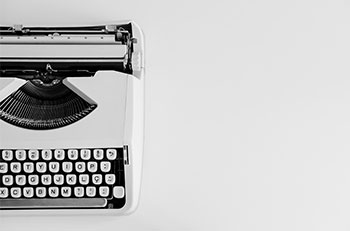making the most of the big idea
By JEREMY PROBERT
Recently, I got to listen to Andrew Simon, Global Creative Director of Edelman (a huge US-derived PR conglomerate). The subject matter was ‘The Blending of Earned and Paid Media’, a topic of some interest to us at 4TC as we operate in both spaces.
Why do we operate in both space? Well, because sometimes you can’t get the earned coverage you need and the best way to gain exposure for your message is by paying for it (and don’t start me on advertising vs advertorial). At other times you may want to amplify your earned media and therefore choose to support it with paid-for content.
The talk – and the learnings therein – were very much based on the assumption that your organisation or brand has a ‘big idea’ (a creative concept, a cause to champion, an issue to address) and if not, that it can find one.
Don’t let that put you off – great ideas don’t come in boxes of six and while you’re looking for yours, best to be prepared to exploit it when you find it.
So what are the things to consider when exploiting an idea and the story that you build around it?
What people care about is being rewarded with entertainment or utility. ‘Entertainment’ is not just the funny and the quirky, but stuff they care deeply about. ‘Utility’ is about receiving something of value they can share.
This is JFDI (Just Effing Do It) by another name. Kick off your communication activity and see where it goes, developing it and adding bits to it as you go along. Seize the moment and the opportunity.
Which is a bit weird, but what it means is ‘see it through to its natural conclusion’. Don’t give up halfway, don’t curtail the opportunity. Keep looking at how you can amplify it until you can’t anymore.
What does success look like? What do you want to achieve? Work back from there to see/decide how to make it happen.
When life gives you lemons, make lemonade. This is really around issues and challenges. Look at the issues and challenges that face your brand – both those that have always been around and any new ones on the horizon and think, well, how can I turn these to my advantage?
(This is about campaigning and/or championing the cause of people and groups. It’s not suggesting that if, for example, you’re a mining company which has just buried 24 employees, you should be looking to leverage the positive.)
Simply put, build it and they will come. If you have a great idea and it gains traction, then it’s likely to feed off its own success, breeding further success. It’s the principle of contagion.
If a creative idea takes off, and it’s being pushed out across paid and earned media, with a multi-disciplinary team, then it’s going to get complex and possibly messy. Don’t worry too much about that – trust your instincts, run with what seems right, stop what doesn’t. You won’t have time to do a quick consumer poll to test the water.
Amplify your story in any and all ways. If that means throwing money at it – sponsorship, native content, promoted social – then do it to take the story to its natural conclusion. It’s not over until it’s over – keep it going until it can go no more.
Don’t just waffle on – do something. Raise an issue, combat a problem, challenge an attitude or position. Say/do something that actually means something.
It’s all sound advice – don’t overthink it, seize the day, wring every last drop out of it, accept that there’ll be a certain lack of control and be prepared to expend resource as necessary.
There’s just three final thoughts:
- An idea of the budget you’ve got to spend, and agreement to spend it, is central to the process
- This way of working requires you to be able to move fast, get agreement quickly and change direction on a 5 cent piece
- There’s always an element of risk in this because you cannot – completely – know where it’s going. You can best guess but you can’t guarantee. The more accepting of that risk you are, the better.
Relevant Topics
- Content Creation
- Public Relations
- Social Media














